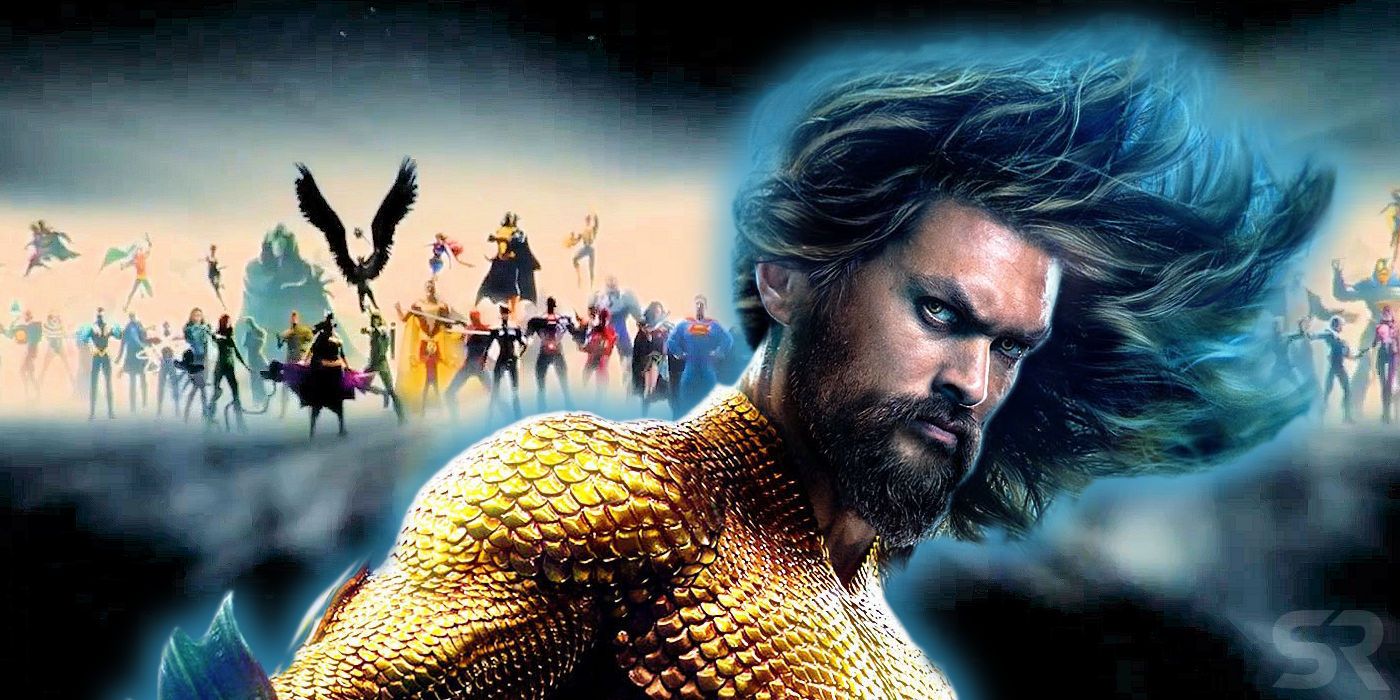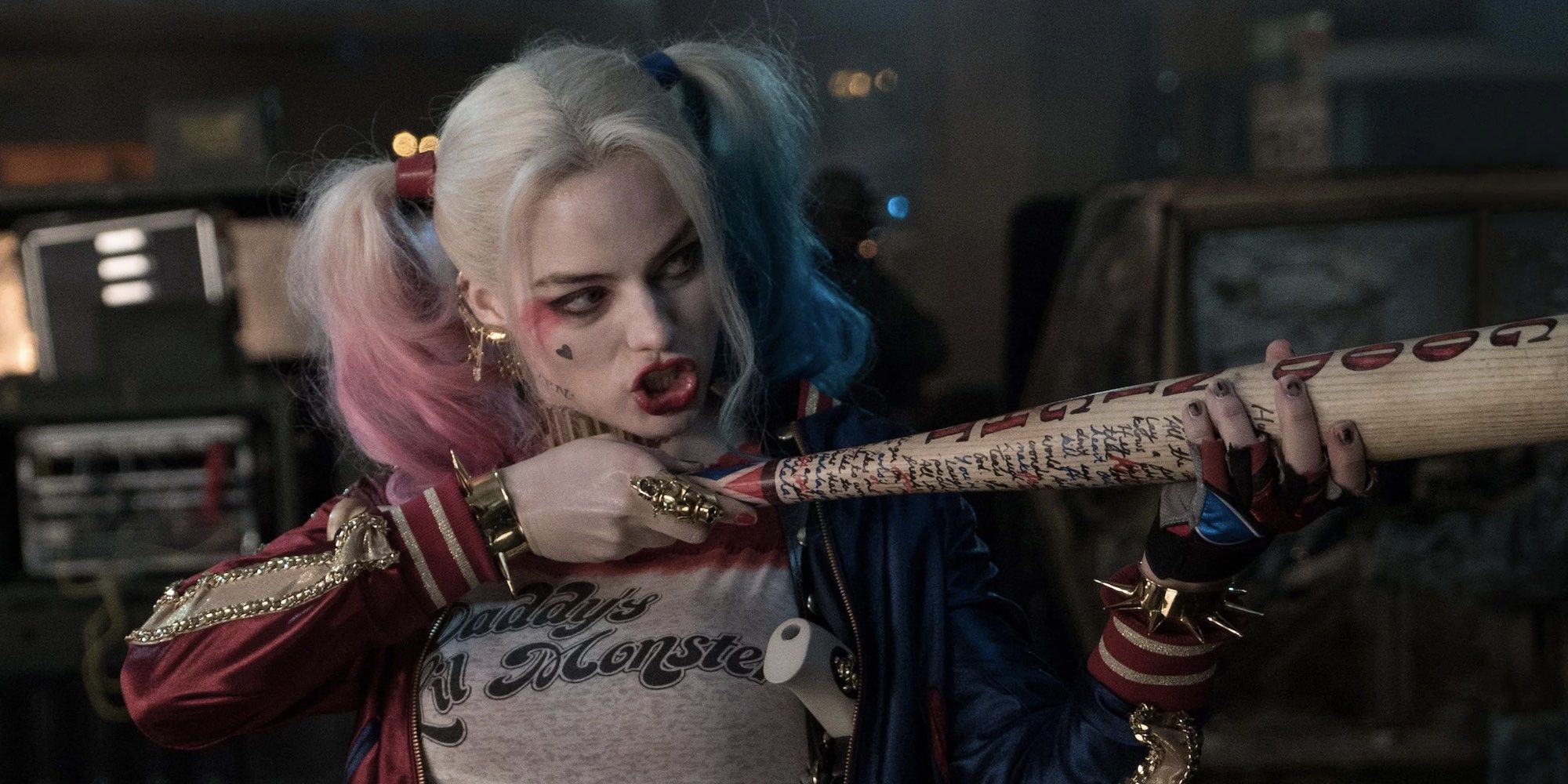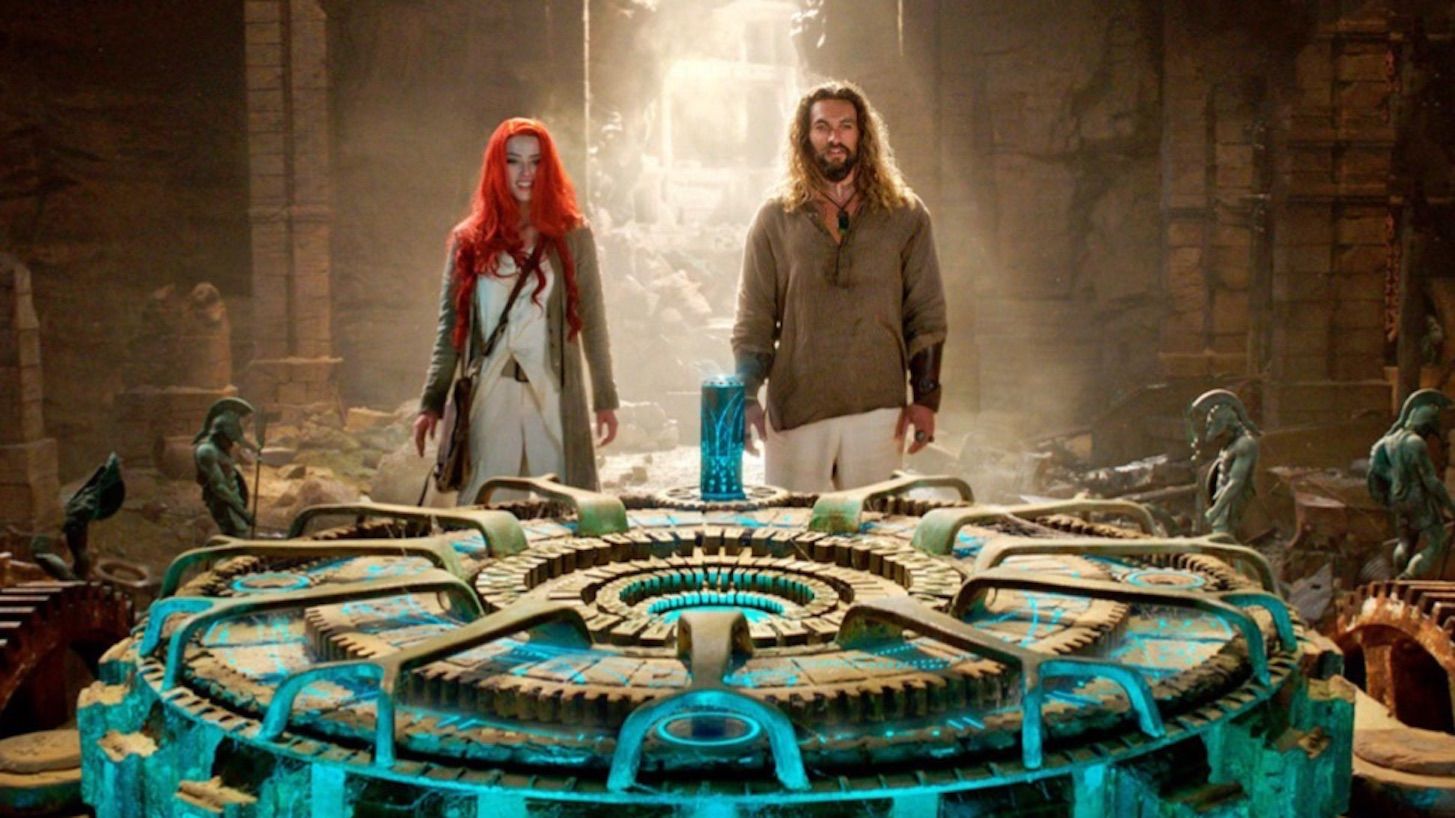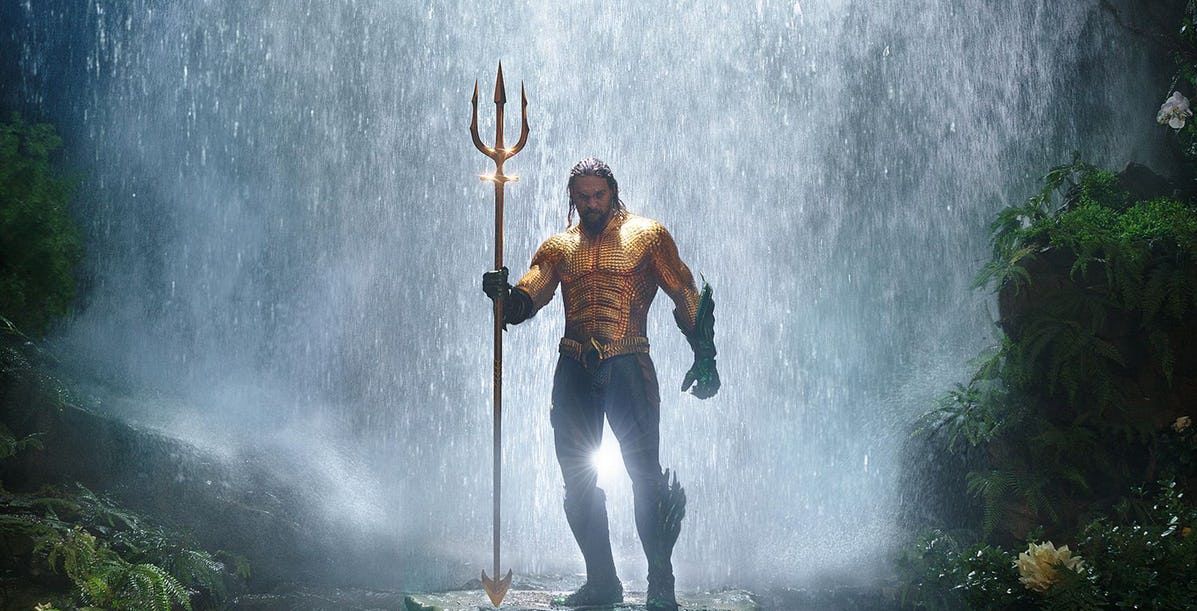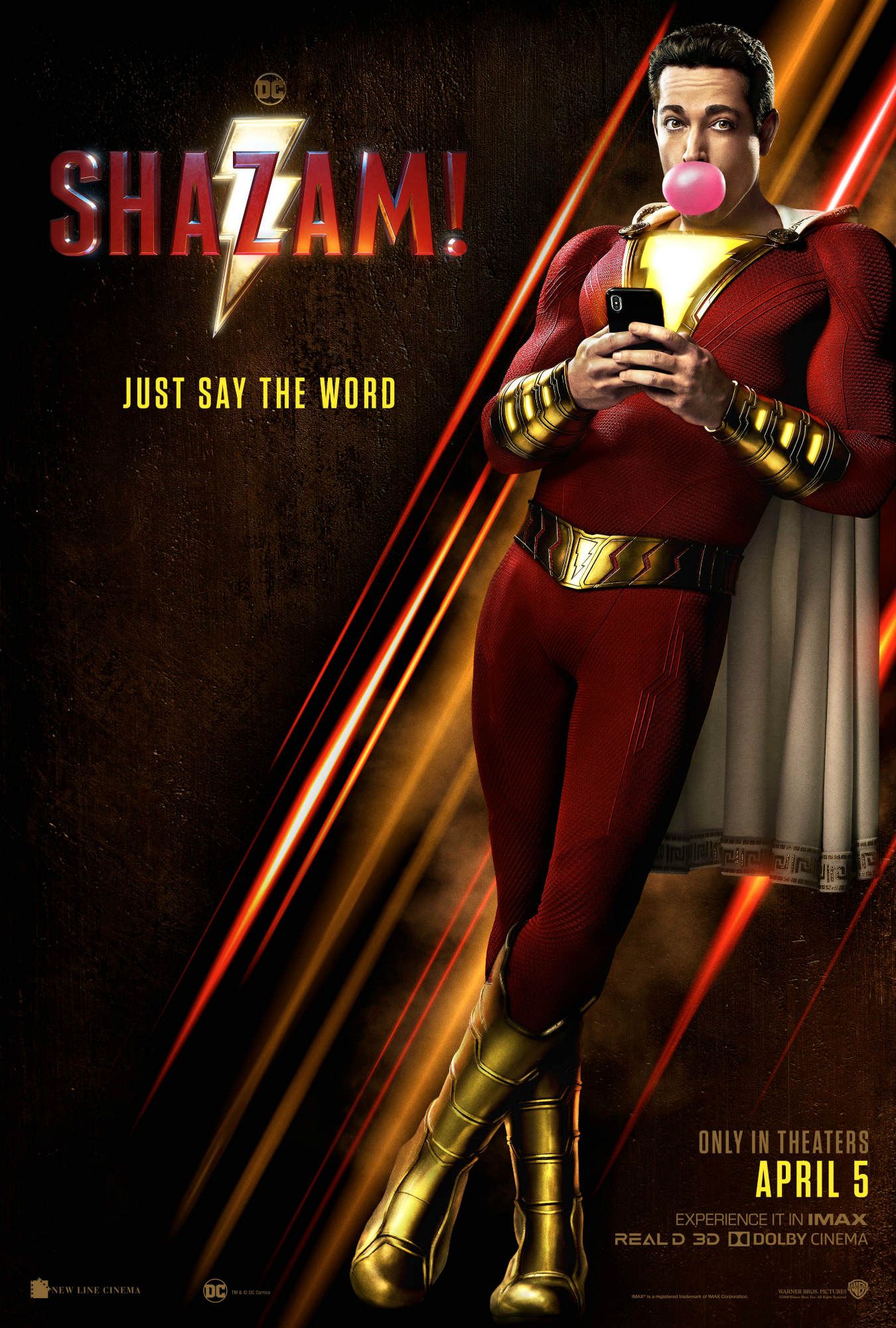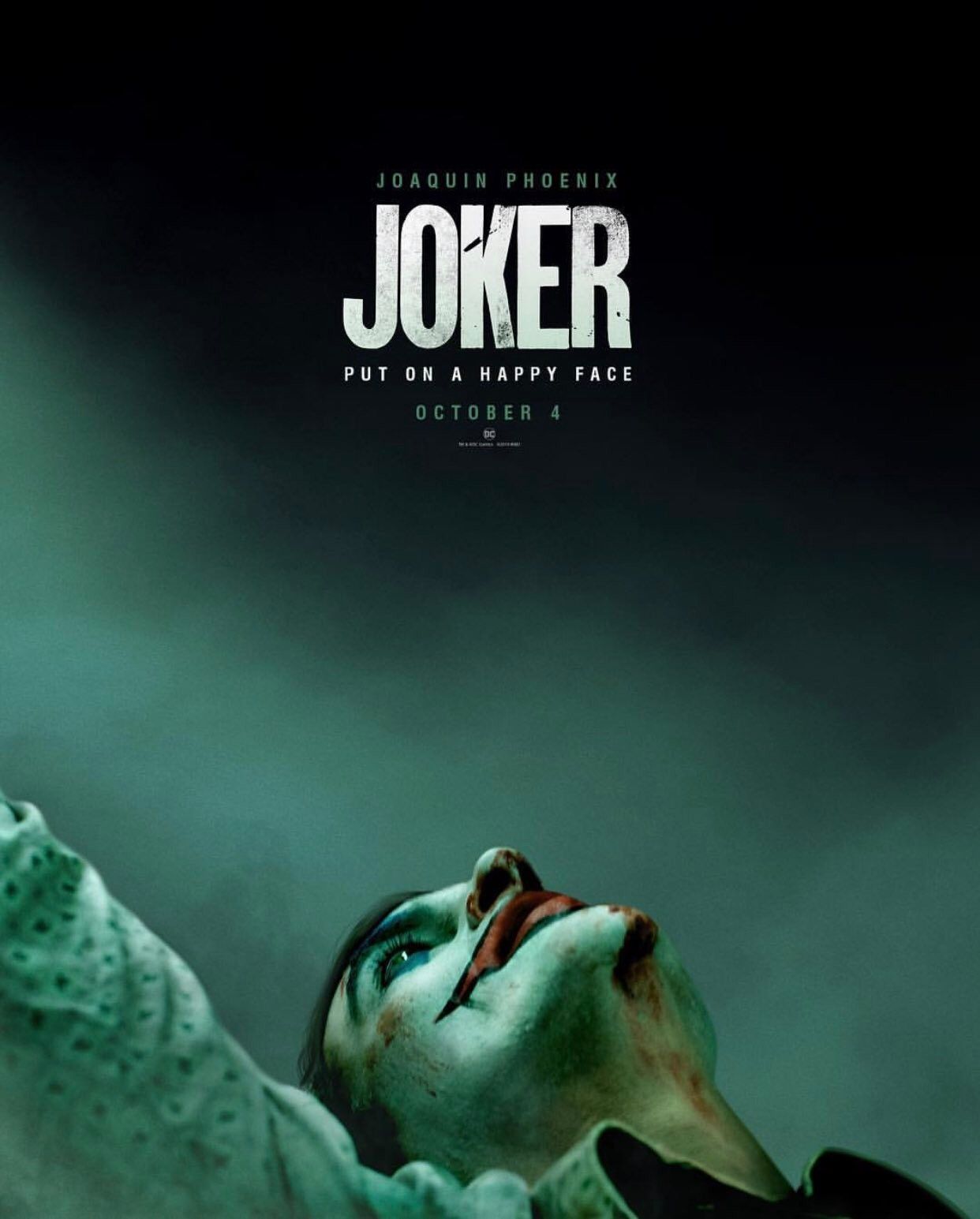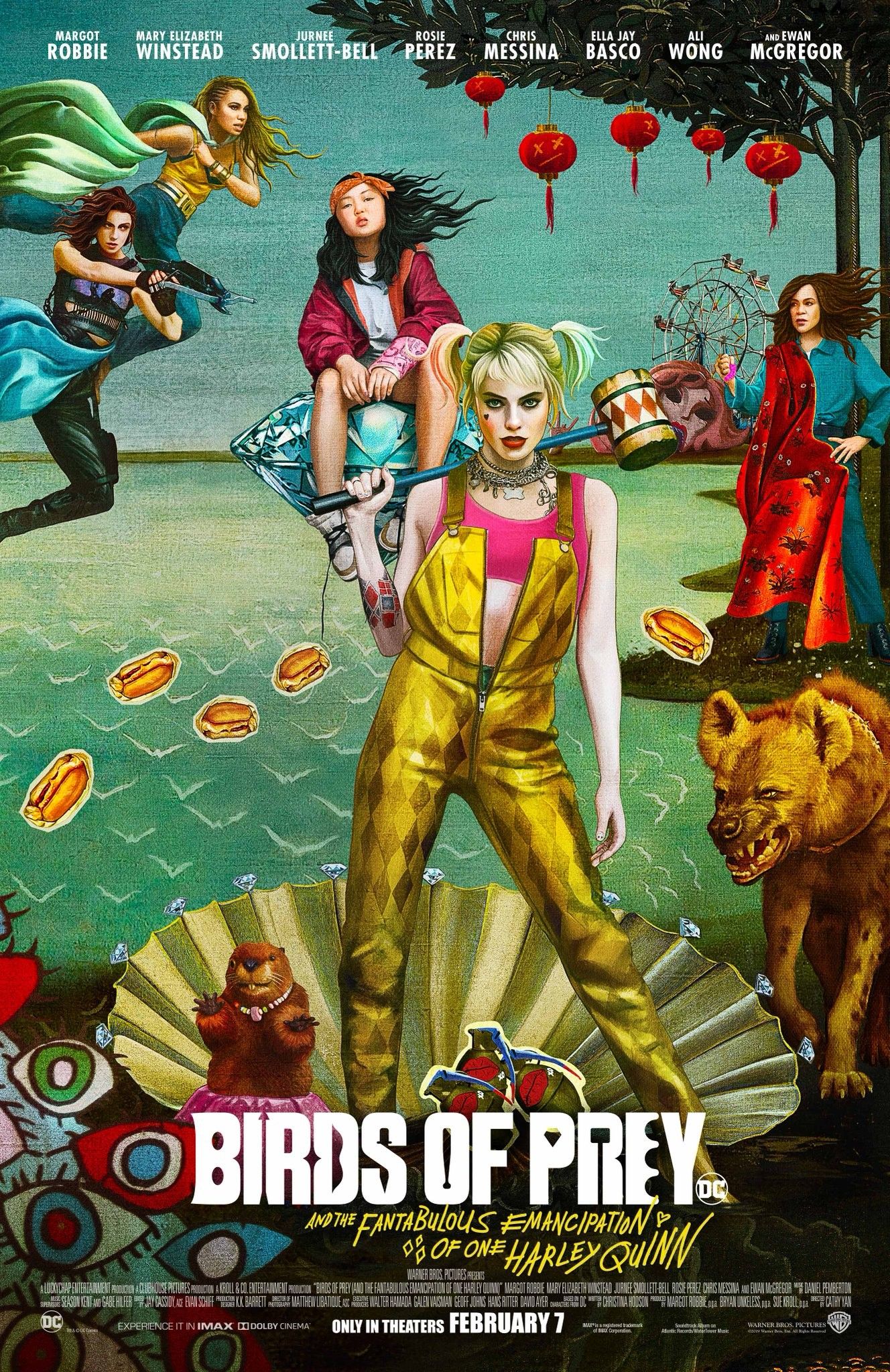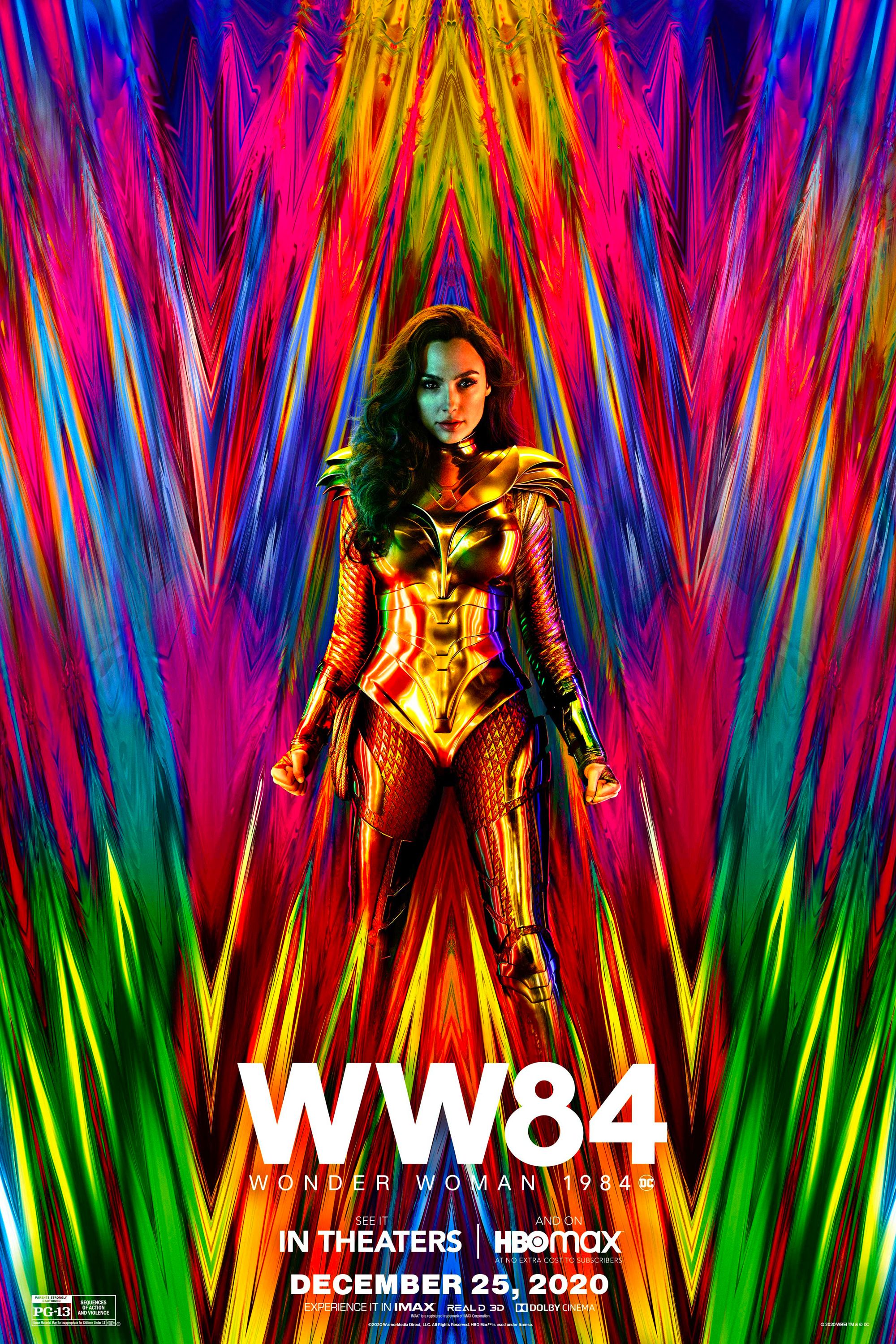Aquaman’s gigantic box office numbers reflect the success that comes with Warner Bros. learning from their past marketing mistakes with the DCEU. While there were plenty of people who had predicted that Aquaman would exceed conservative expectations and overcome lukewarm hype to become a box office success, few could have foreseen just how big a deal it would become. In less than a month, the latest addition to the oft-beleaguered DC Extended Universe has grossed over $940.7 million worldwide. A staggering 72% of that gross has come from foreign box office intakes, but that does not take away from the hugely impressive $259.7 million domestic gross, especially since the film faced tough competition in the form of Mary Poppins Returns and Bumblebee.
Aquaman had a lot of good going for it before it premiered in American cinemas. It didn’t have to face competition in the form of a Star Wars film, which greatly benefited Warner Bros. as they pushed the film as a sci-fi movie alternative of the season. The Christmas season remains a boon for the box office, even during tough years, and Aquaman did well because of its scheduling. The film also benefited from stronger than expected reviews, its overall vibrant and knowingly silly approach to its source material, and, frankly, lowered expectations. However, its success also comes down to some serious growth from Warner Bros. and their approach to dealing with the DCEU. For a while now, the studio have struggled to appropriately market the franchise in a way that proves intriguing to potential audiences while faithfully reflecting the material itself. Fans and industry experts can talk endlessly about review-proof movies and they certainly do exist but good marketing remains crucial to a film’s commercial prospects, and Aquaman reflects that.
Related: Aquaman Can Teach Marvel One Big Lesson About Releasing Movies
Aquaman’s marketing campaign was relatively short compared to many blockbusters of this scale. For one thing, the glut of real publicity didn’t start until five months prior to release. This was a marked contrast from other DCEU films like Suicide Squad and Justice League, which kicked off their marketing campaigns a solid year in advance. Treading the line between building hype and avoiding overkill is tough for any franchise, but it had proven especially tough for the DCEU as it faced disappointing box office returns and tepid reviews. Wonder Woman proved an exception, as the marketing teams clearly understood not only what sort of film they had to offer but that its release signaled a major cultural moment in the form of the first solo female-led superhero film in over a decade. Wonder Woman was an icon and the marketing was savvy to create that iconography through trailers, posters and the like. It stuck in people’s imaginations and got them hyped in a way that the studio never quite managed with Justice League. Aquaman’s campaign was also smartly advanced by something that is often absent from blockbuster marketing: restraint.
- This Page: WB Released Too Many Trailers & Aquaman Didn't
- Next Page: How Aquaman Fixed DCEU's Marketing Problems
WB Released Too Many Trailers Before
By the time audiences saw Batman V Superman: Dawn of Justice, Suicide Squad, and Justice League, they’d already seen a lot of their stories thanks to the seemingly endless cycle of trailers. Not only did many of these trailers give a lot of plot beats and climactic moments away (such as Doomsday in the Batman V Superman trailer), the marketing frenzy revealed the major problems the franchise was faking. Take a look at the trailers released for Suicide Squad; the first one is a somber affair that posits the upcoming movie to be a grim and realistic story with the Joker front and center as a very sinister villain.
That approach went right out the window with the second Suicide Squad trailer that played up the comedic kinetic frenzy that was seemingly added in reshoots (along with a very clever use of Queen’s Bohemian Rhapsody), then added a neon sheen to the surface. The two trailers seemed to be advertising two completely different movies, and the tonal whiplash was reflected in a very messy film. The marketing, much like the film itself, tried to be all things to all people.
Related: Movie Franchises That Got Better In 2018
Justice League faced a similar fate as each trailer revealed not only the extent of Joss Whedon's reshoots, but also how much it changed Zack Snyder's vision for Justice League. Instead of holding back, Warner Bros. spent a lot of time and money using trailers as a testing ground of sorts for audiences, and all it did was highlight internal conflicts that could have been kept private. By contrast, audiences really didn’t see all that much of Aquaman in the lead-up to its release. Trailers were minimal, they remained tonally consistent, and they built up hype in the desired manner. Every trailer looked like it came from the same movie, which is more than could be said for many of its DCEU siblings. Sometimes, the simplest approach is the best.
Aquaman's Trailers Accurately Promoted The Movie
When you watch the trailers for Aquaman, you know exactly what movie you’re going to get, and that is to its benefit. Aquaman is an inherently cheesy story, one that’s been something of a punching bag (rather unfairly, it must be said) for comic book fans for decades. The character has experienced a resurgence over the past decade in DC Comics, but when it was announced that Warner Bros. planned to bring Arthur Curry into the Justice League, levels of cynicism were high. How do you make a realist driven grimdark version of a story about an underwater monarch who talks to fish and occasionally rides sharks? While Jason Momoa’s Aquaman costume and design were generally well-received, many still worried that any Aquaman movie made in the current DCEU would take itself a tad too seriously.
Related: Aquaman Is The Film DC Needed (But Not What It Deserves)
Fortunately, Warner Bros. understood that the time was right for some good old fashioned fun. They had long been trying to inject more humor and a lighter tone into the DCEU, usually with mixed results since the jovial elements seldom sat well with the intended darker style. Aquaman is a rollicking blockbuster that giddily embraces the inherent silliness of its concept. Director James Wan goes to town with moments such as the octopus playing the drums, Amber Heard’s Mera wearing a jellyfish dress, and of course, Pitbull sampling Africa by Toto. Not all of this is featured in the marketing but the vibrancy of the style and tone most certainly were. The posters were brightly colored, the trailers full of utter weirdness, and not one moment felt self-conscious about what it had to offer. For an example of how wrong they could have gone, look at Sony’s marketing for Venom, which made an unexpectedly goofy movie with echoes of the buddy comedy genre at its heart into a faux-edgy action-thriller. Granted, that didn’t hurt Venom’s box office successes but the stakes were far higher for Warner Bros. and Aquaman. They couldn’t afford to fail and they didn’t.
Page 2 of 2: How Aquaman Fixed The DCEU's Marketing Problems
Aquaman Kept All Of Its Scenes
In line with keeping the marketing simple and honest (by keeping most, if not all, of the trailer scenes in the movie itself), Aquaman’s trailers play their cards close to their chest. The story isn’t completely revealed in three-minute bite-sized chunks. You actually go into the movie and get a few surprises. That seems like a silly point but in an age where publicity campaigns are all too quick to let every element of their film be shown to the public before anyone ever sets foot in a cinema, there’s something to be said about keeping your secrets.
Related: Every DCEU Movie Has Set Up Aquaman: Here's How
Contrast this with earlier DCEU films like Suicide Squad, Justice League, and even Batman V Superman, and the difference is stark. On top of watching watch film try to decide on its style and tone via trailers, major story moments are used so casually, as if the studio expects you to know every detail of the film upon viewing it for the first time. It can be tough to motivate apprehensive audiences to see your film when earlier reviews have been tepid, and it’s not made any easier when all the trailers give everything away.
How The DCEU's Marketing Can Improve Going Forward
The DCEU finally seems on solid ground after years of disarray and seemingly endless bad headlines. DC's public relations are in a good place, and they have three undeniable commercial successes under their belt that have helped to establish multiple characters who had never headlined major movies before. These are the kinds of foundations Warner Bros. will need to build upon going forward, with new franchises and even planned one-off movies like Joker.
Going forward, the smartest thing that Warner Bros. can do with its marketing is place trust in its audiences that they’ll like the product they’re actually offering them and not feel the need to dress it up as something it isn’t. Shazam! benefits from this, too. Like Aquaman, it’s a knowingly silly concept for a movie but the marketing happily leans into that and has fun with it. It never tries to make it seem darker or more important than its already central gimmick of “Big with superheroes.” Of course, it helps when the films themselves are good and haven’t been through months of public scrutiny and press reports. In this area, Aquaman had a leg up over other DCEU movies, and that clearly benefited it. However, Aquaman was also a film that, quality aside, easily could have been sold wrongly to audiences, leaving them disinterested in its offerings. That Warner Bros. got audiences into theaters to the tune of close to $1 billion is a good sign of things to come.

